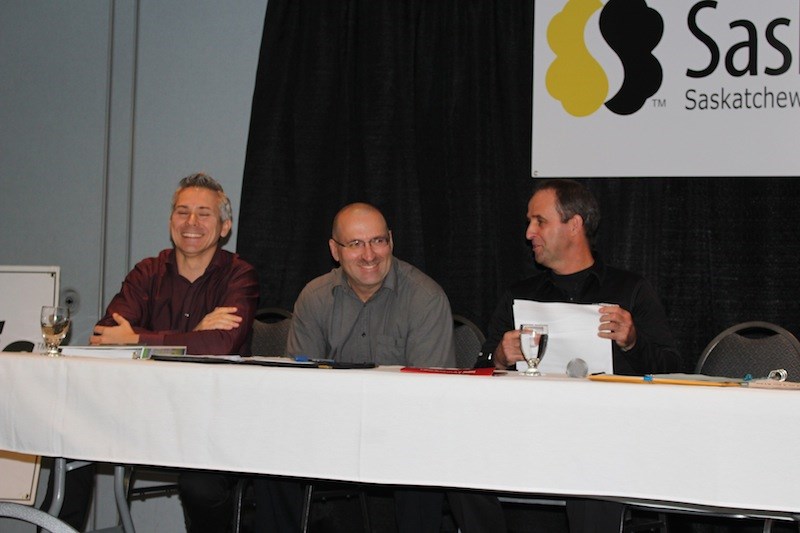When it comes to the value of farm land, there are a number of factors which influence the final dollar figure.
It’s the same thing when determining the tax assessment.
That was the dual message those attending the attending the Farm Fitness and Finance Forum at the Grain Millers Harvest Showdown heard last Wednesday from a panel on ‘Assessing the Worth of Land’.
Sheldon Stechyshyn with the Saskatchewan Assessment Management Agency (SAMA) said when it comes to tax assessments the numbers they generate are not created as an indicator of sale values of a property, although he conceded they get used as an element in price discovery.
“We use our data to evaluate property,” he said, adding they base their evaluation on numerous factors.
“We’re creating one model to eliminate all properties within a growing area,” said Stechyshyn.
The goal is to have land with similar features having similar assessments, he said.
“We want any apple called an apple, and orange called an orange,” said Stechyshyn.
Farmland is assessed as either arable (crop growing land), or as pasture land.
In the case of arable land the assessment is supposed to reflect “the potential productivity of the land,” said Stechyshyn, which focus on long-term wheat yields.
Paul Hoffman with Parkland Appraisals said the focus on wheat production across the entire province is no longer fair.
“It’s a problem it’s based on long term wheat yields,” he said.
Hoffman said there are areas where canola and specialty crops such as lentils are the crops based on the land types, and because those are higher valued crops it should be a factor in assessment.
Hoffman said SAMA may work off a manual but added, “In my opinion the manual has a number of weaknesses.”
As another example Hoffman said SAMA underestimates the costs farmers face in dealing with sloughs and tree bluffs, a cost made greater as farm equipment has gotten larger making it more difficult to farm around such field features.
Wade Berlinic with Hammond Realty said when it comes to determining land values for a sale a number of things are looked at.
But, ultimately market values comes down to a price a buyer is willing to pay, and a seller is willing to accept.”
Berlinic said the numbers SAMA creates “are not a true market value” but that they “are used extensively” in the process of setting a sale price.
To come up with a sale price for land factors such as topsoil depth, Crop Insurance Reports on long term yields, sale prices in the local area, farm improvements and others go into it, said Berlinic.




